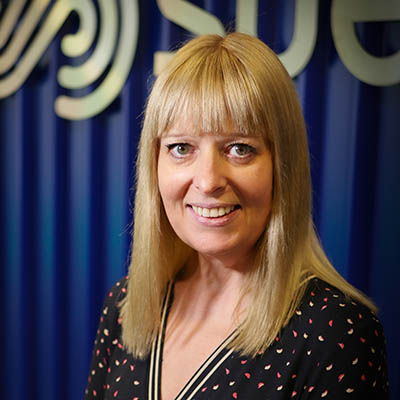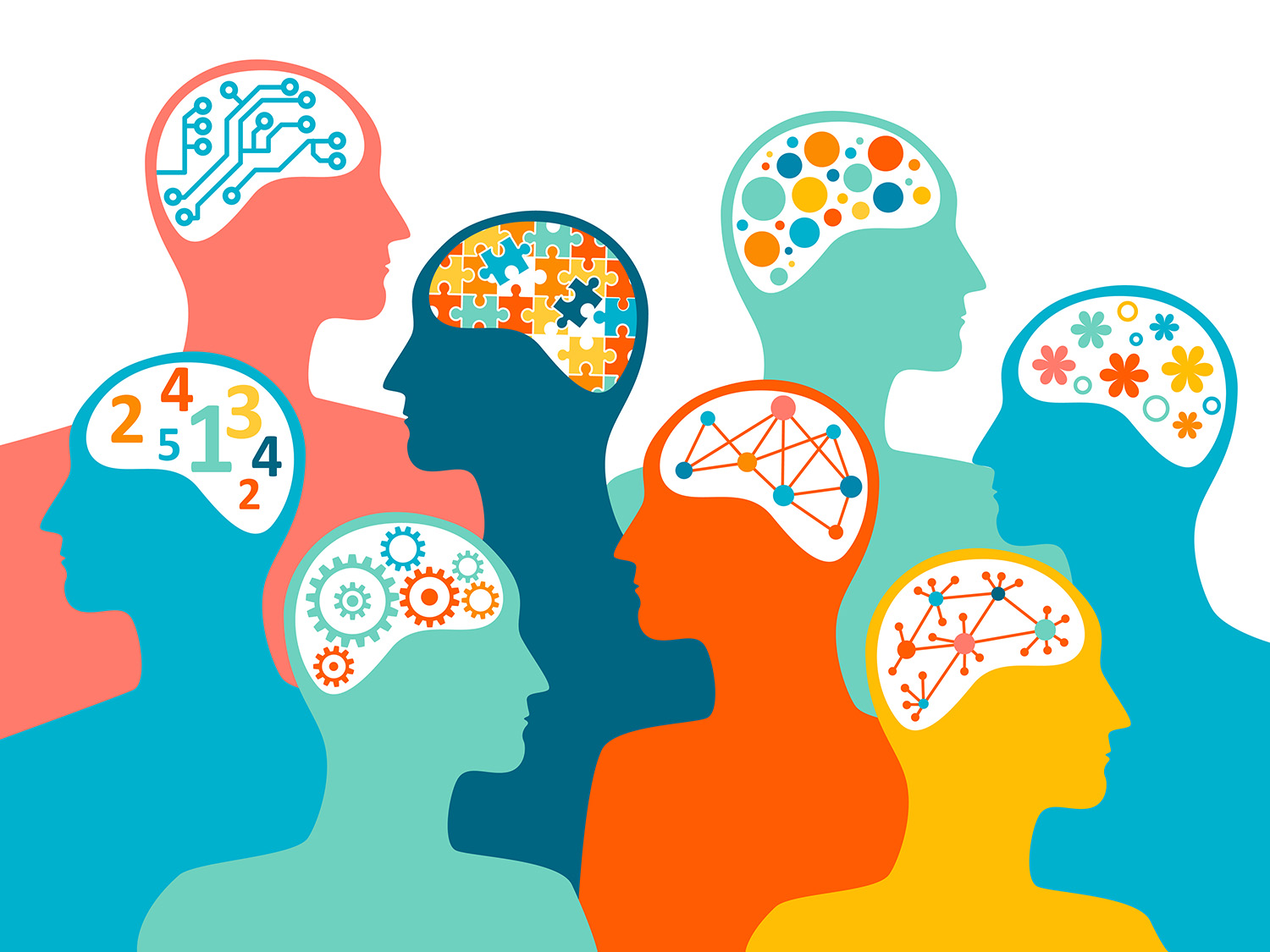Mind the generation gap: How to lead an age-diverse workforce

In the workplace too, employers face perhaps unprecedented challenges managing and motivating four generations simultaneously – Baby Boomers, Gen X, Millennials/Gen Y, and Gen Z (see below).
We must recognise that there are real differences, often age-related, among employees when it comes to their expectations around careers, communications and culture. But I believe the negative consequences of friction between older and younger workers have been overstated.
Each generation is shaped by world events, societal change and technological advances. Like cultural background and financial circumstances, these factors influence people’s attitudes towards work. But they don’t define them. Everyone is an active agent, capable to making decision about their own lives and how they live them. We must beware of stereotyping people based on their age, which will only escalate tensions within teams, discourage collaboration, and mean that organisations don’t benefit from what each and every individual can bring.
Generational diversity – as with gender, cultural background, ethnicity, neurodivergence and other differences – presents both challenges and opportunities. However, they are not being grasped by many employers. Research points to another gap – between what business leaders say about the organisational benefits of multigenerational workforces and what they do.
Employee engagement in the UK is low (around 10%) and almost a third (31%) of workers are said to be actively planning to change jobs1 2. Our independently run surveys show consistently high levels of engagement among SUEZ employees. But building and sustaining this commitment across a diverse workforce is not a task that can be taken for granted. It’s a dynamic mission that is continuously evolving. Catering for the varying preferences and expectations of different people and generations is crucial.
A UK study by the London School of Economics (LSE) found that employees with a manager more than 12 years their senior were nearly 1.5 times more likely to have low productivity. However, where employers had introduced work practices that were intergenerationally inclusive, nearly nine out of 10 employees were highly productive – compared with six in 10 where firms hadn’t adopted such practices3. It’s not realistic – or even desirable – to design your organisational structure so that leaders and their team members are separated by fewer than 12 years. We need to develop managers and employees who are more intergenerational-aware and adept at developing positive working relationships across the generations.
Key motivators of multi-generational talent
What matters most to employees? To foster the benefits of age diversity in the workplace we need to understand the key motivators for each generation that research is revealing (without resorting to stereotyping):
- Baby Boomers (61 years+): Job security, structured progression and formal recognition of experience and loyalty resonate. Financial security is also important in the transition to retirement.
- Gen X (45-60 years old): Value stability, work-life balance and autonomy. Tend to be the most stressed due to work/home pressures.
- Millennials / Gen Y (29-44 years old): Career-driven, ambitious, but demand flexibility and meaningful work.
- Gen Z (16-28 years old): Tech-savvy, purpose-driven, but influenced heavily by social media and financial pressures, which can drive anxiety.
Addressing these different priorities through people policies does not have to involve stressing or exaggerating the differences between age groups. Rather, an enlightened, balanced and inclusive approach can enhance the working lives of all employees regardless of their age, level in the organisation or stage of their careers.
A strategy for the ages
What are the pillars of such a multi-generational strategy?
- Leadership – Great leaders listen, communicate clearly to all, promote continuous learning, and inspire and encourage collaboration and autonomy in teams.
- Culture and community – Strong organisational values give people a sense of belonging, promoting inclusivity and team spirit.
- Cause and purpose – A mission-driven workplace aligned with those values engages and retains talent.
- Jobs and careers – Meaningful roles and opportunities for training and development, with frequent feedback and achievement milestones. Greater career agility, flexible pathways, and support to progress and build careers.
- Rewards and recognition – Competitive salaries, formal and informal recognition and non-financial incentives reinforce the feeling of being valued. Unexpected tokens of appreciation and a ‘thank you’ also go a long way.
- Tech and innovation – Leveraging new technologies, including data and AI, helps people work more efficiently and effectively in a forward-looking organisation.
Over recent years we have taken steps to build on these pillars, creating a more inclusive and engaging work environment for all employees. Importantly, these actions are guided by the views, feedback and suggestions of our people. As the make-up of any large workforce and the societal context are always evolving, so must our approach as leaders, driven by what our people tell us they need from their leaders to thrive.
For example, we have rolled out ‘Banter and Boundaries’ training to address unconscious bias and occasions of inappropriate behaviour. Our Wellness for All webinars educate people around the different dimensions of inclusion, while our inclusion and diversity networks provide a safe place and peer-to-peer support.
Future leaders and emerging talent are nurtured through dedicated development programmes. Apprenticeships are open to employees of all ages and for diverse roles, now expanded through our Digital and Data Academy. We celebrate the milestones of our teams’ long-serving employees, new qualifications, and birthdays, as well as special achievements with our quarterly Star Awards. Our people are active volunteers contributing to sustainability, community and charitable causes – in the process, enriching the social side of the job and the comradeship they share with colleagues.
Generating wider appeal
While continuing to support these and other existing initiatives, I know that we can, and will, do more to underpin the cross-generational appeal of SUEZ UK as a place to work.
Our networks provide valuable feedback to the senior leadership team, and our mentoring scheme has been a great success. But we will strive to boost the two-directional flow of knowledge up and down the organisation, perhaps through reverse mentoring and other initiatives that we are exploring. We can see many opportunities to create more feedback loops and learning from diverse groups spanning the generations.
We are thought leaders in our industry and beat the drum for sustainability and the circular economy in schools, business and community forums and on social media. We will continue improving how we promote and market our sector as a great place to live out a full and meaningful career, as well as SUEZ’s corporate purpose, and the intrinsic value of what we do for our people, the planet and society. The real-life stories of our colleagues can be an inspiration to potential recruits, young and old.
These messages and measures can bridge the generation gap.
1 https://www.gallup.com/workplace/349484/state-of-the-global-workplace.aspx?thank-you-report-form=1
2 https://www.totaljobs.com/recruiter-advice/the-plans-and-priorities-of-uk-workers-for-2023
3 https://www.lancaster.ac.uk/media/lancaster-university/content-assets/documents/lums/work-foundation/WFWorkingTogether-Maximisingtheopportunitiesofamultigenerationalworkforce.pdf

